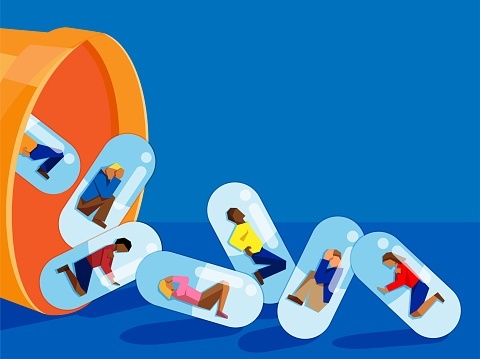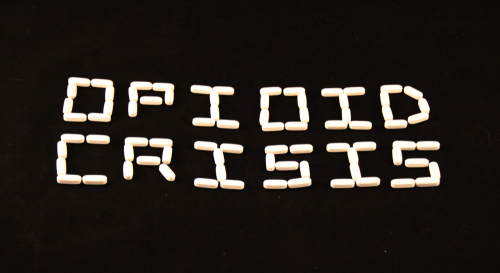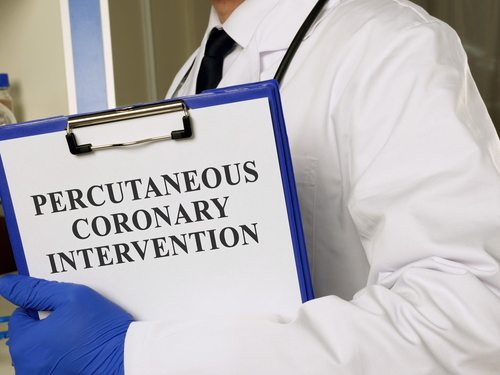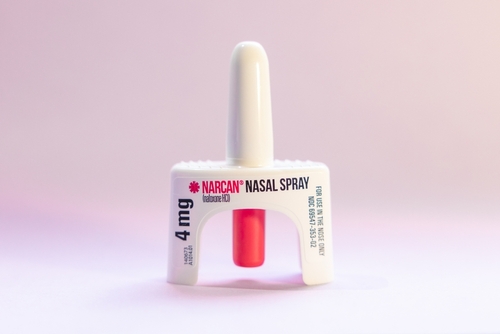
A study published in The Lancet reported the success and cost-effectiveness of an adjunctive, personalized psychosocial intervention in treatment-resistant maintenance opioid agonist therapy compared with standard therapy.
Researchers performed a pragmatic, open-label, randomized controlled trial at a National Health Service community addictions clinic in London between June 7, 2013, and Dec. 21, 2015. They used a web-accessed randomization sequence to arbitrarily allocate (1:1) 136 participants to receive personalized psychosocial intervention (encompassing a flexible toolkit of psychological change methods) in addition to usual treatment, and 137 to a control group, consisting of usual treatment only. Three participants (one in the psychosocial intervention group and two in the control group) were selected in error and excluded from the analysis.
All eligible patients were aged ≥ 18 years and met criteria for opioid and/or cocaine dependency in the past 12 months, and voluntarily sought continued oral maintenance opioid agonist therapy, which they had been prescribed for ≥ six weeks. All study participants were treatment-resistant (e.g., had used illicit or non-prescribed opioids or cocaine on one or more days in the past 28 days).
The study’s primary outcome was treatment response at 18 weeks, defined as abstinence from illicit and non-prescribed opioids and cocaine in the past 28 days, as measured with treatment outcomes profiles and urine drug screening. The researchers also evaluated cost-effectiveness, calculated quality-adjusted life-years (QALYs), and analyzed efficacy in a modified-intention-to-treat population, including all study participants who were randomly assigned while excluding those who had previously completed the intervention.
Efficacy Shown in Intervention Group
https://twitter.com/pharmacoeconom2/status/1113327139036725248
Results showed that 16% of the 135 patients in the psychosocial intervention group had a treatment response, juxtaposed to 7% of 135 in the control group (adjusted log odds=1.20; 95% CI, 0.01 to 2.37; p=0.048). The psychosocial intervention group exhibited a higher probability of being cost-effective than the control group. There was a probability range of 47–87% for willingness-to-pay thresholds for a unit improvement in the probability of treatment response. Furthermore, QALYs were higher in the psychosocial intervention group than in the control group (mean difference 0.048; 95% CI, 0.016 to 0.080; p=0.004) in adjusted analyses, with 60% and 67% probabilities, respectively, of cost-effectiveness at the UK National Institute for Health and Care Excellence’s willingness-to-pay thresholds.
Overall, rates of adverse events (AEs) were similar between both groups, and no severe AEs in either group were adjudicated to be treatment related. One participant in the control group died from drug-injection-related sepsis.
“The applied conclusion from this study is that clinicians providing opioid agonist therapy should assess their patients’ response early once the maintenance dose has been achieved,” researchers wrote in evaluating their findings.
“If therapy is not providing clinical benefit, even a basic case formulation will help to shed light on the reasons why and point to an intervention.”
Research paper from King’s College, London, reports on 'Efficacy and cost-effectiveness of an adjunctive personalised psychosocial intervention in treatment-resistant maintenance opioid agonist therapy: a pragmatic, open-label, randomised controlled trial' https://t.co/gJH62ITj5Z
— Society for the Study of Addiction (@SSA_Addiction) April 3, 2019
Efficacy and cost-effectiveness of an adjunctive personalised psychosocial intervention in treatment-resistant maintenance opioid agonist therapy: a pragmatic, open-label, randomised controlled trial – The Lancet https://t.co/BSZsSgIF6h
— Cognitive Therapy (@CognitiveTherap) April 3, 2019







 © 2025 Mashup Media, LLC, a Formedics Property. All Rights Reserved.
© 2025 Mashup Media, LLC, a Formedics Property. All Rights Reserved.